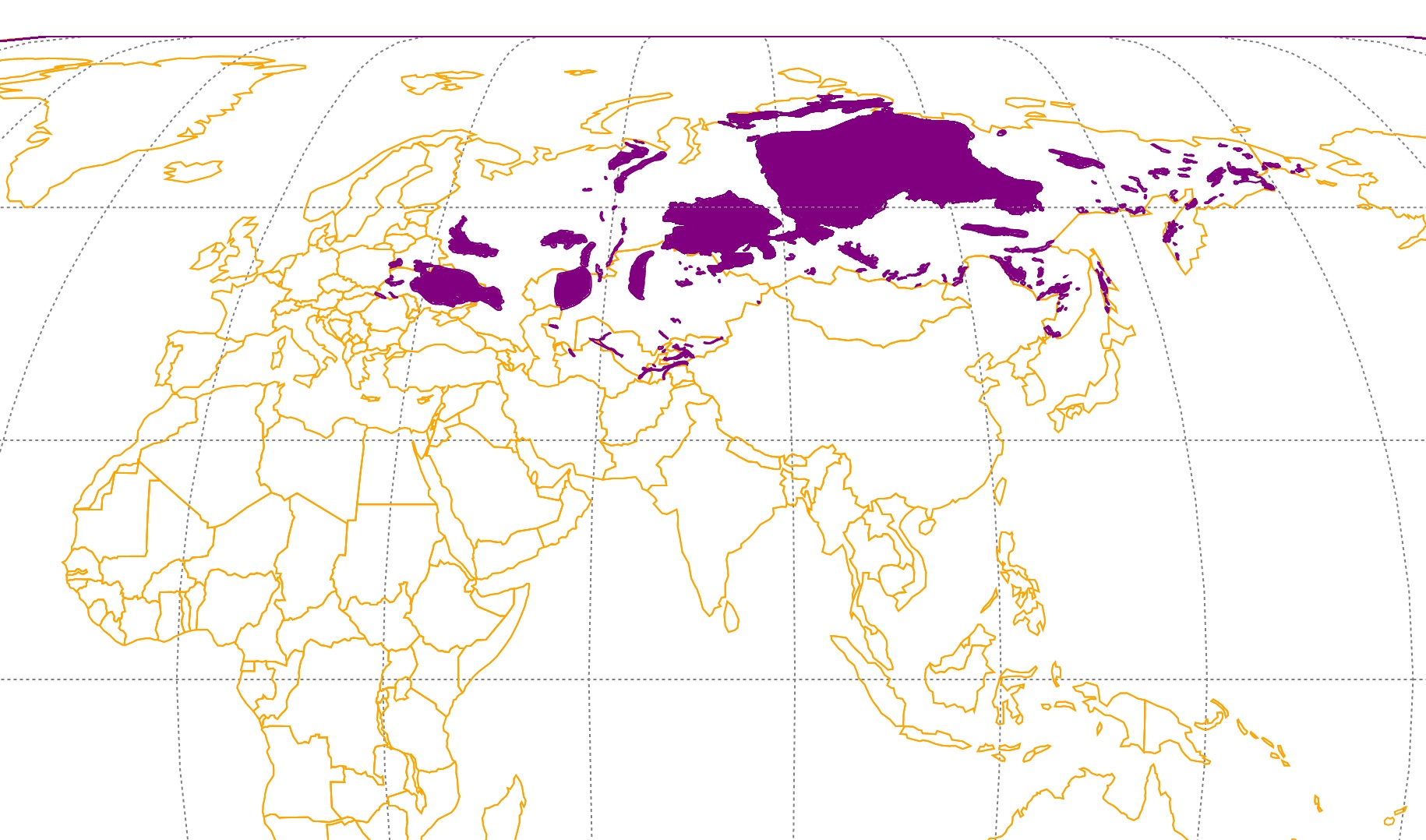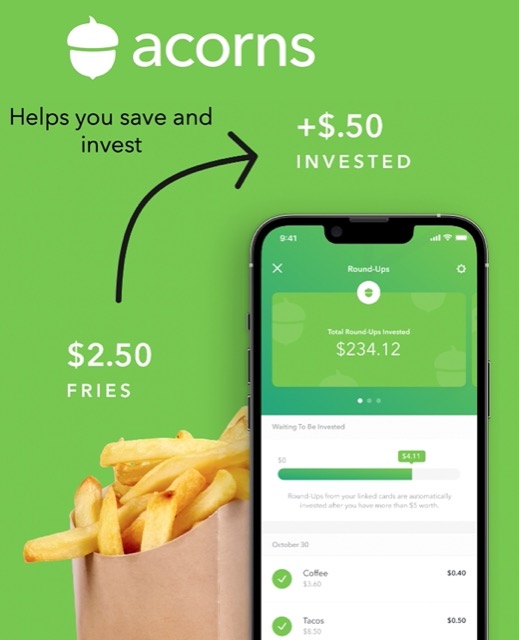Map of Coal Reserves Worldwide
This interactive map displays Coal and Coke Reserves Worldwide. Darker shades of purple, indicate more coal reserves per country. The short ton (ST) is a measurement unit equal to 2,000 pounds (907.18 kg). For more detail, hover over the map. To take a closer look, zoom in. For more information, scroll down.
Coal (short tons)
Coal
Coal is a fossil fuel extracted from coal mines and is naturally available. Coal may contain impurities.
Coke is obtained from the destillation of bituminous coal. During this process, the impurities are removed. Therefore, it is considered a pure form of coal.
Peat is not coal but can transformed to coal over millions of years. If it is under the right circumstances. Peat is also used as a fuel.
If you want to learn more about the origin and ranks of coal, go to Map of Coal in the USA.
Why Use Coal?
Coal is plentiful in many places, and it is easy to access through mining.
Coal is also easy to store. Once it is mined, it can be safely stored, with no major hazard of fire or explosion; unlike gas or oil.
The main reason coal is used, is because it is relatively easy and inexpensive to convert coal into energy. Source: The Clay Center.
If you think its time to invest in coal, or other commodities, Acorns app can help. Acorns helps you invest spare change, bank smarter, and build wealth through long-term investing. To start today, Sing up here!
History of Coal
Coal was used by cavemen for heating and even for cooking! It was easier to use than wood because it burned longer.
There is archeological evidence that the Romans used coal in England.
There is also evidence that the Hopi in North America used it for heating, cooking and baking pottery.
In the 1700s, the British found that coal could be used as a fuel and it burned cleaner and hotter than wood.
In the 1800s people began using coal to heat their homes. Meanwhile the Industrial Revolution had trains and ships using coal for fuel. Factories used coal to make iron and steel.
Today, 67% of global coal consumption is for electricity and heat generation, with the iron and steel industry accounting for around 12% of its use.
To learn more about the history of coal mining Amazon has Early Coal Mining in the Anthracite Region (PA). The pictures of miners, roof falls, mules, and equipment deep underground tell the story of the hard lives lived around the hard coal.
Learning about mining and commodities does not make you richer, but buying and selling stocks will. Round up the purchase of everything you spend, up to the nearest dollar. Acorns will help you invest it. Download the app here!
Coal Reserves
Coal Reserves in the U.S.A.
The United States has more coal reserves than any other country in the world. One-fourth of al known coal in the world is in the United States. The U.S.A. has enough coal for the next 250 years!
Coal is mined in 25 of the 50 states.
Coal is burned in power plants to produce more than half of the electricity of the United States. Source: Energy.gov.
It is estimated, that the USA has recoverable coal reserves of about 251 billion short tons. About 58% of this is underground mineable coal.
Even though the U.S. has the largest reserves it is the third producer of coal and the third consumer of coal worldwide. Source: Worldometers.info
Black Coal (Anthracite and Bituminous) makes up 45% of the production the other 54% is Brown Coal (sub-bituminous and lignite).
Russian Coal Reserves
Russia has the world's second largest coal reserves. Russia is the third largest exporter, with 15% of the global exports.
In Russia, Coal-fired power stations provided 15% of Russian electricity. Gas produced 46%, nuclear energy provided 19%, and hydro 18% of the electricity.
The coal industry employed 138,000 people in 2021. Most of the employees are concentrated in Russia’s major coal mining region of Kemerovo (Siberia). Source: Springer.

Australia Coal Reserves
Australia holds 14% of the world's coal reserves. This is the third largest coal reserve in the world.
Half of the coal produced by Australia is Black Coal (Anthracite and Bituminous) the other half, is Brown Coal (sub-bituminous and lignite).
China
China has the fourth largest coal reserves in the world. It holds 13.1% of the world's coal.
China consumes over 4 billion tons of coal a year. A tenth of this is imported.
China is the world’s largest producer, consumer and importer of coal.
Outside the U.S., China is a leading producer of sub-bituminous coal.
China dominates the mining of anthracite, accounting for almost three-quarters of anthracite coal production.
How China shifts its power away from coal, will have a significant impact on the world’s ability to tackle climate change. Source: TIME.
To learn more about China and its relationship with coal, Amazon has The Political Economy of the Chinese Coal Industry: Black Gold and Blood-Stained Coal (Routledge Studies on the Chinese Economy). Coal mining is one of China’s largest industries, and provides an excellent case study through which to consider the broader issues of China’s transition from socialism to capitalism.
Coal Pollution
Inside coal there are impurities like sulfur and nitrogen. When coal is burned, these impurities are released into the air.
Once they are in the atmosphere these substances combine with water droplets forming sulfuric and nitric acid. When it precipitates as rain forms what is known as "acid rain".
Acid rain disolves sculptures, stone churches and buildings. It also changes the chemistry of seawater and dissolves the shelves of molusks. Its effects are visible in large cities as well as in the sea.
"Coal also has a significant carbon footprint. Coal-fired electricity generation is the largest single emitter of CO2 and in 2018 was responsible for 30% of total global emissions". Source: Springer.
Resources for Coal and Coke Reserves
The shapefiles with the countries of the world were obtained from Natural Earth.
Country Coal reserves were downloaded from eia.gov.
The shapefiles with coal areas from the USSR were downloaded from PUBS USGS.
This map will be updated with new data! To receive updates on this and more nature maps, join my email list!!!!!!!
Made by Luz K. Molina with D3.js.









